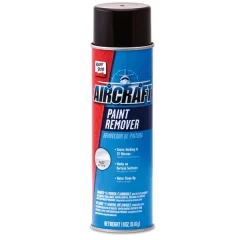- Joined
- Feb 13, 2013
- Messages
- 505
Seriously, yank the head off. Just buy a gallon of acetone at Lowes and use a 5 gallon bucket to dissolve the paint. Get some good stiff brushes.
Follow-up with a good washing in a tub of hot soapy water and compressed air.
I'd take the opportunity to remove and lap the valves. Bead blasting leaves such a dead looking surface on aluminum.
Soda blasting is slow unless you have a huge compressor.
I too polished the fins and cleaned-up the casting boogers on mine and it looks nice.
There is so much you can do to clean-up the casting but it's a lot of fiddly work with a file and Dremel.
And of course I gave it many hot soapy baths during the process.
Follow-up with a good washing in a tub of hot soapy water and compressed air.
I'd take the opportunity to remove and lap the valves. Bead blasting leaves such a dead looking surface on aluminum.
Soda blasting is slow unless you have a huge compressor.
I too polished the fins and cleaned-up the casting boogers on mine and it looks nice.
There is so much you can do to clean-up the casting but it's a lot of fiddly work with a file and Dremel.
And of course I gave it many hot soapy baths during the process.

